Opal Jewelry: What You Should Know
By: Sawyer Wood
When it comes to jewelry, the sky really is the limit. Nearly any kind of material - - from silver to stone, from stainless steel to leather, feathers, shell, and more - - can find a home within some sort of accessory design, making for a unique piece that'll stand out while also standing the test of time. Yet, this isn't always readily apparent if you look at most folks' collection of adornments, much less their regular, everyday jewelry rotations.
Gold, diamonds, sterling silver; these are what's generally lining jewelry boxes, not the plethora of other options just a click or card swipe away. Now, there's something to be said for the old standbys but if you feel like you could bare to branch out, there are a ton of great alternatives you can turn to. And perhaps surprisingly, this includes one of jewelry's rising trends: synthetic opals. Providing all the beauty of natural ones sans most of the issues that typically also come hand-in-hand, they're the perfect way to experiment and spice up your usual jewelry game.
Before you get out your wallet, though, you might want to learn a bit about opals in general first. Luckily, we know a thing or two! Keep reading to discover more about what these vivid, gorgeous gemstones are, what separates synthetics from naturals, and if synthetic opals can actually prove a solid jewelry addition.
What is an Opal?
While we'd love to jump right in, first thing's first: what is an opal? Well, an opal is a type of gemstone, its name even coming from the Sanskrit word for "precious stone."Although, despite its striking and colorful presence, it's a bit of the odd one out compared to more popular gems like diamond, ruby, or garnet, something that tracks all the way down to its composition.
Opals are mineraloids, a hydrous variety of silicon dioxide composed of countless little silica spheres that result from silica-rich water seeping into cracks along the Earth's crust. This means that, unlike other similar gems, opals are not actually crystalline. Their structure is entirely different! However, that somewhat unusual make-up is indeed one of opal's biggest strengths, directly responsible for several of the gemstone's unique features - - most notable being its characteristic play of color.
Don't understand what that means? "Play of color" is a term describing a type of tonal shifting or color pattern that occurs when light hits the gemstone. Basically, if you look at a precious opal, you'll see a dazzling rainbow effect flare to life from both on the outer and inside parts of the mineraloid, glimmering with a whole spectrum of color that will look different in different conditions.
It's an incredible display to see, one created by the diffraction of white light off opal's formational microscopic spheres. As such, some of the most minor changes to light source, location, or viewing angle can alter the visible tones, exchanging soft blues for vibrant oranges, royal purples for grassy greens, etc. The specific stone also goes a long way into deciding what colors will show up and how. Play of color is rather reliant on a gem's ability to reflect light, so the more layers of silica spheres present for it to bounce off of, the better!
Synthetic vs Natural
Opals can be broken down into several categories. "Precious" and "common" are the big ones, respectively denoting whether or not a spectral effect is possible, but they can be even more broadly broken down into natural and synthetic (or simulated if you want to really get specific).
The former of these means exactly what you'd assume. Natural opals are regular gems acquired from the Earth, either through open-cut mining, dry digging, or by sifting through alluvial beds depending on opal type or location. Synthetic opals, on the other hand, are man-made alternatives created in a lab setting, made by combining a variety of materials, such as silica, alumina, and water before pressuring them in a special chamber.
The process essentially mimics the conditions in which natural opal would be formed, resulting in a product that's nearly indistinguishable from the "real thing." All the same physical properties are there. Comprised of the same stuff that's merely developed in an alternate way, synthetic opal remains beautiful, colorful, and ever-changing yet offers a myriad of benefits over its naturally-occurring counterpart.
As is to be expected, price is undoubtedly one of the main draws since synthetic opal is far more affordable due to less mining and fewer required resources. However, we'd argue that synthetic opals offer an even more significant perk than savings' potential: their quality is easier to control.
Remember, not every opal can glimmer with all the colors of the rainbow. Only those of the precious variety have this ability thanks to their more complex inner structures, and they're rather hard to come by. Only a very small percentage of opals naturally fall into this category. Synthetic opals solve this issue, scientists able to determine their structure and ensure there's plenty of precious opals to go around for everybody.
Why to Choose Synthetic Opal Jewelry
All of this background knowledge is all well and good, though there's still one more thing you're probably wondering: is synthetic opal really the right choice for jewelry? It doesn't matter whether you're a jewelry-maker or are just someone in the market for a new accessory to call your own, you want to make a solid investment that will last. Thankfully, we bring good news: synthetic opal is a wonderful pick for practically any jewelry you can think of and for a number of reasons.
The first is, once again, costs. Precious natural opal is shockingly rare - - if you want to use it within a design or buy a piece of jewelry that makes use of it, you're going to be paying a premium. And that's if you can find it in the first place! It's far more sensible then to buy synthetic. It's cheaper and relatively accessible, all without settling for a decrease in color, luster, or authenticity. Not only will that make your wallet happy but you, your customers, and everyone else who may inquire about your jewelry.
Synthetic opals bring a lot more to the table than just decent pricing, though. They're also an excellent fit for jewelry because they are stronger, more durable, and long-lasting than natural opal. Think about it; they're designed rather than a happy accident of nature, crafted under carefully created conditions to get the best physical results possible. That inherently offers less room for imperfections, flaws, or variations that can make breakage more likely, helping them stand up to the abuse of daily wear.
If you're looking for synthetic opal charms and jewelry please feel free to take a look at our opal collection.



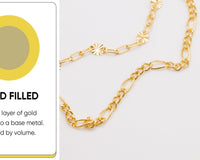










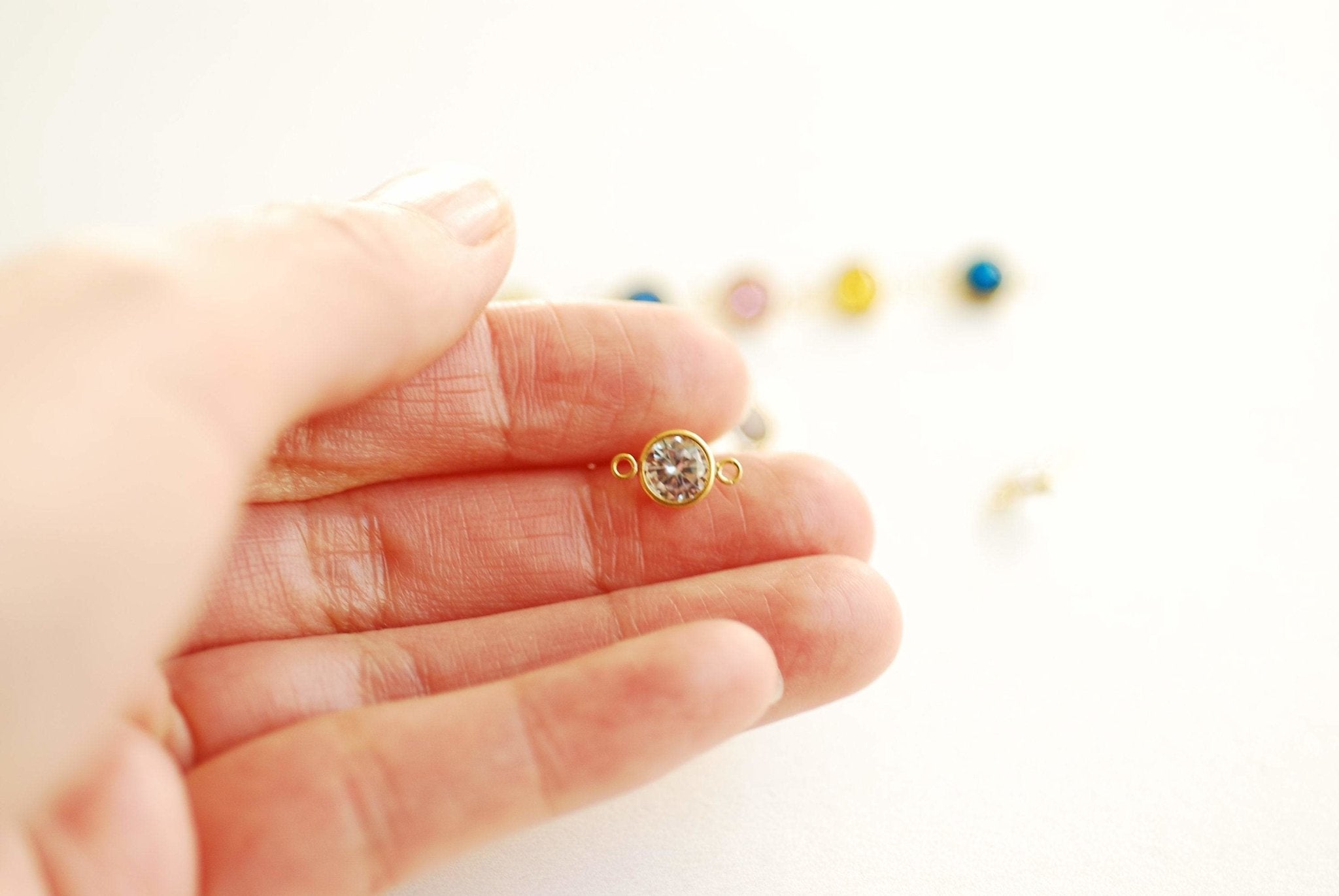


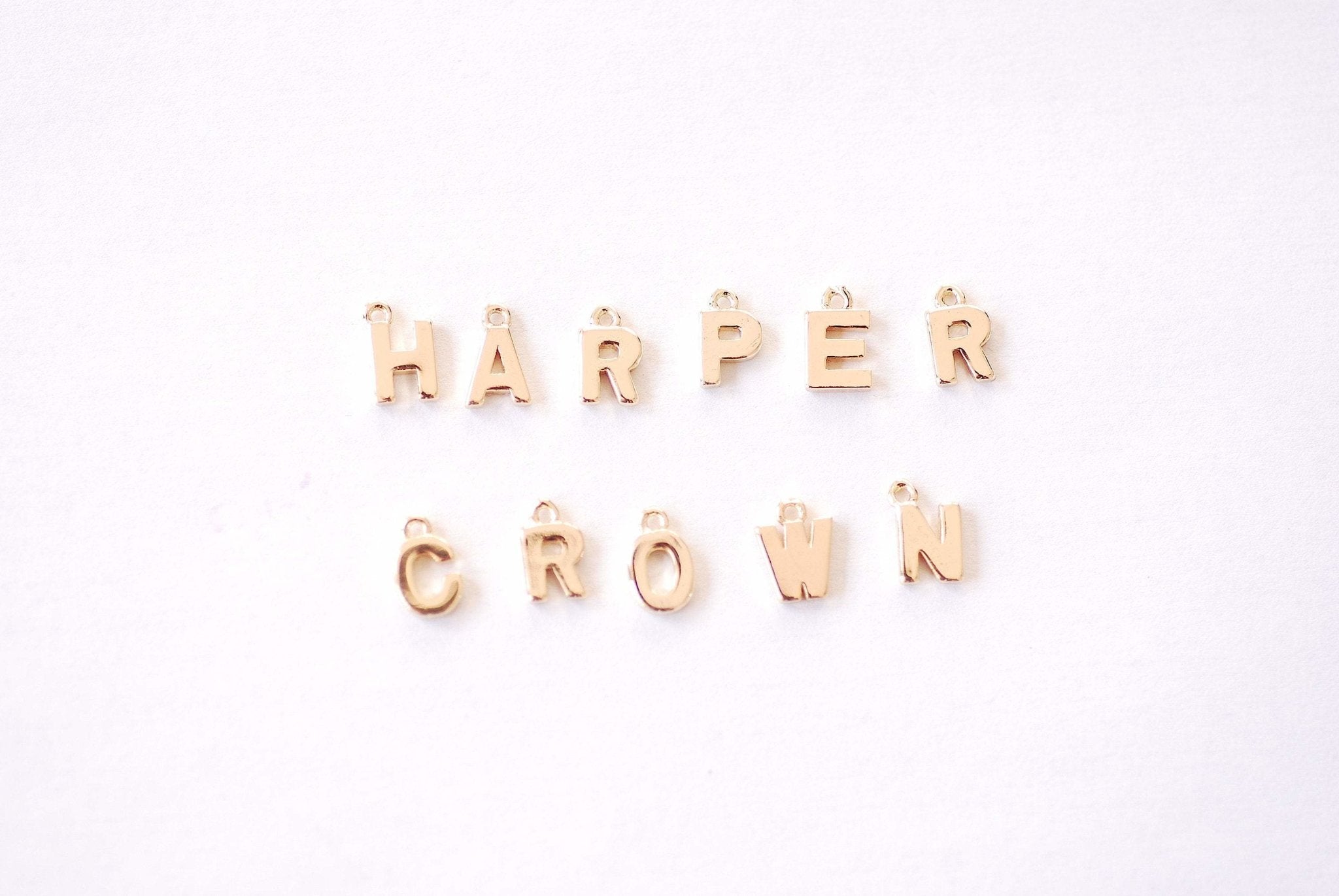


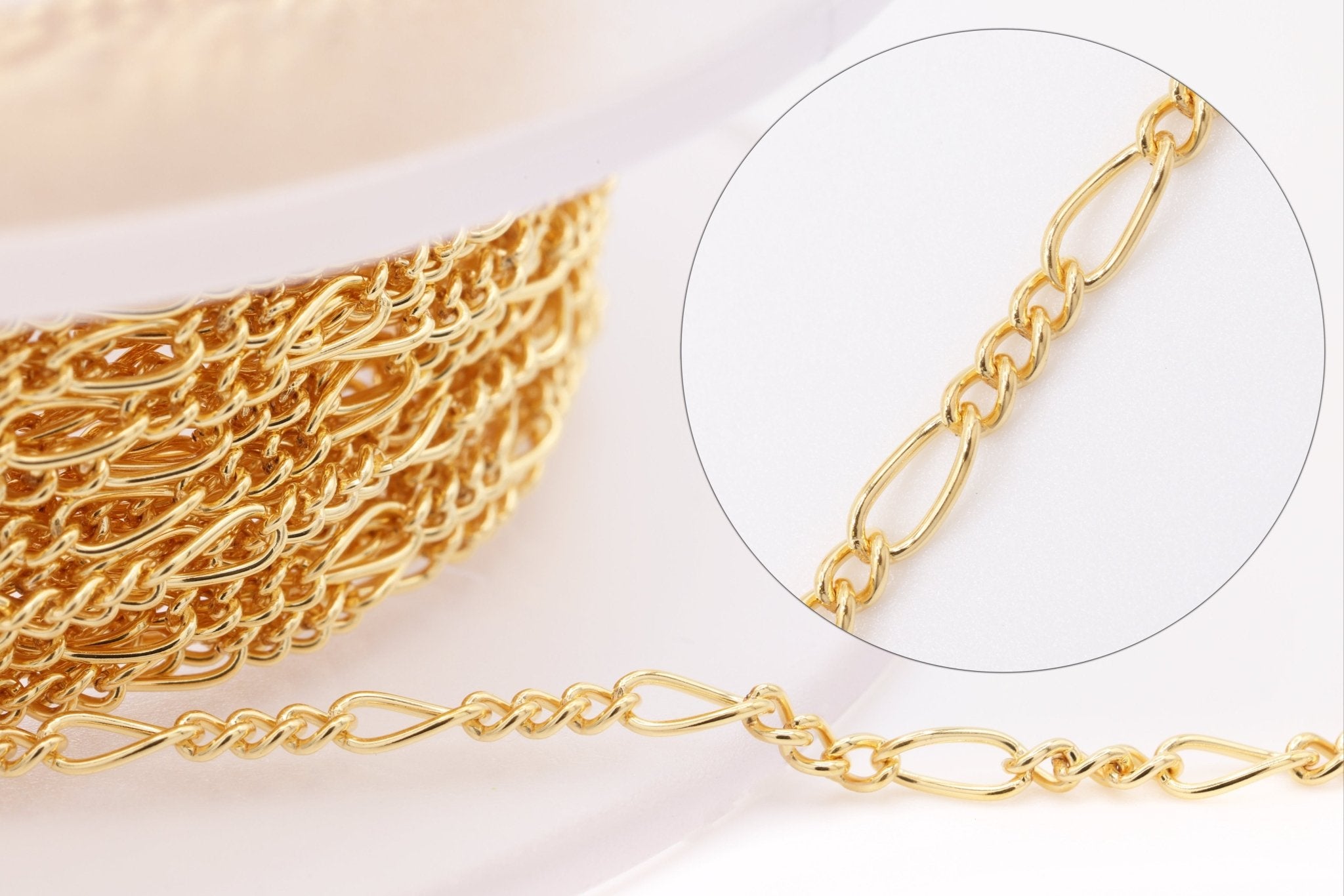


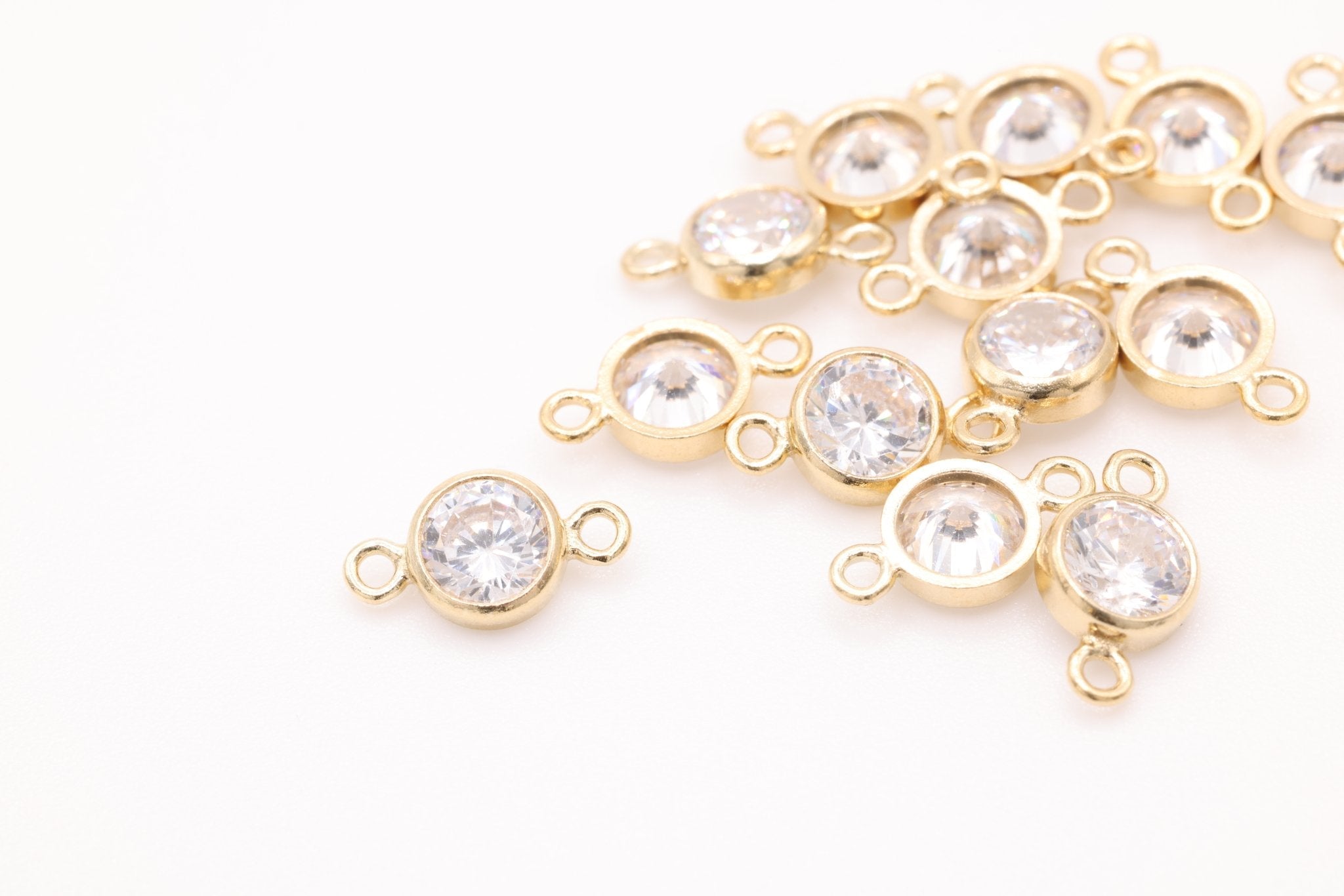
![Gold Filled Beaded Ring, Gold Silver Stacking Ring, Hammered Bead Ring, Gold Dot Ring Midi Ring Gold Filled Flat Beaded Ring Minimalist [30] - HarperCrown](http://www.harpercrown.com/cdn/shop/products/gold-filled-beaded-ring-gold-silver-stacking-ring-hammered-bead-ring-gold-dot-ring-midi-ring-gold-filled-flat-beaded-ring-minimalist-30-568879.jpg?v=1634159908&width=2048)
![Gold Filled Beaded Ring, Gold Silver Stacking Ring, Hammered Bead Ring, Gold Dot Ring Midi Ring Gold Filled Flat Beaded Ring Minimalist [30] - HarperCrown](http://www.harpercrown.com/cdn/shop/products/gold-filled-beaded-ring-gold-silver-stacking-ring-hammered-bead-ring-gold-dot-ring-midi-ring-gold-filled-flat-beaded-ring-minimalist-30-638411.jpg?v=1634159908&width=2048)





